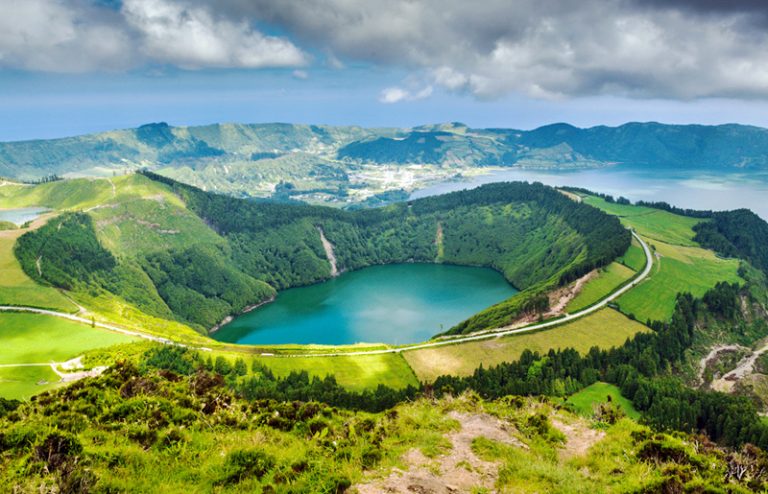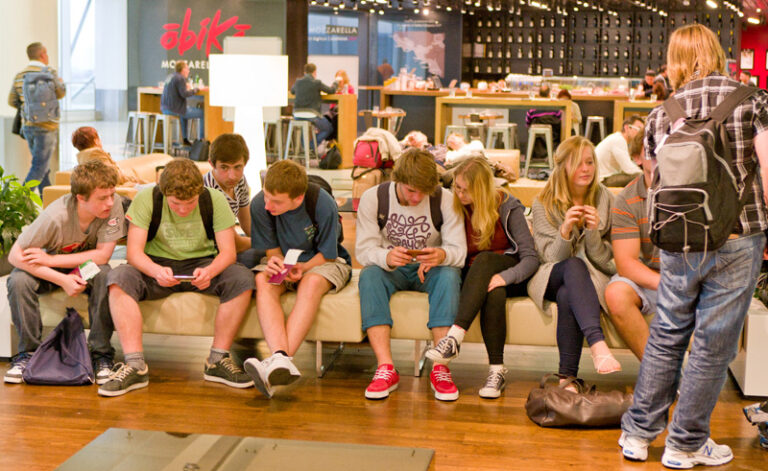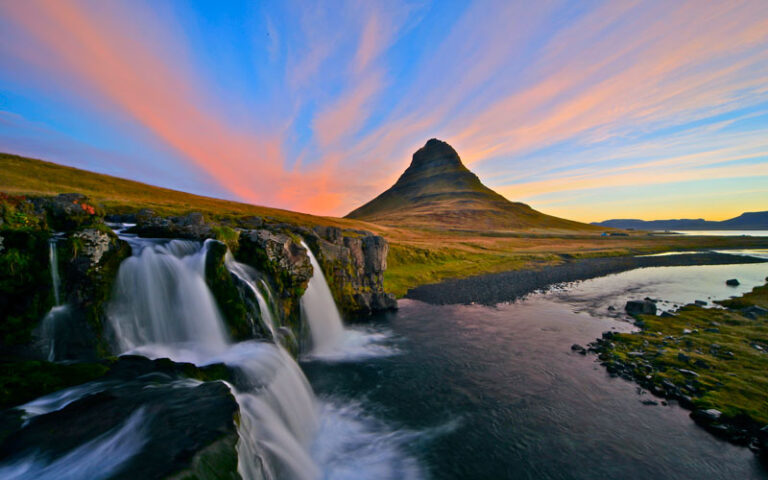The 22 Best Geography Resources For Every Key Stage
In a world of information, sifting through geography resources can be time-consuming.
We’ve taken some of the stress out of it by finding the best geography resources to help you craft lesson plans and develop your student’s learning.
Mould these geography resources into lesson plans that suit your teaching style, students and school.
Key Stage 1
These are the best resources for introducing early geography concepts like continents and oceans, physical and human characteristics, weather and climate.
Our top resources for key stage 1 are:
‘Maps,’ The Field Studies Council
This lesson plan links to sensory and memory mapping and will help develop an understanding of the features of the school and local area.
Encouraging audio visualisation is great for young minds and links to mindfulness as children focus on specific noises.
How to use this resource
Use this resource to create a sound and memory map in your school, further afield, or as a comparison between the two.
Build on the suggestions in this resource by walking around the school grounds and stopping, rather than sitting in one place. Encourage children to reflect afterwards and talk about what they discovered.
Best for:
- Understanding features of the school grounds and local area
- Understanding important vocabulary
- Encouraging audio visualisation
‘Geography Beside The Seaside,’ Twinkl
These lesson plans offer ideas for teaching the human and physical geographical features of the seaside using maps, aerial photography and video.
How to use this resource
Take the stress out of planning your lessons by using this overview which includes ideas for outdoor learning, and classroom activities.
Use the resources to teach children the similarities and differences between seaside resorts and their environment, how beaches have changed over time and develop their overall geographical skills.

Best for:
- Introducing coasts
- Learning how environments develop and change
- Introducing map-based activities
Climate and weather,BBC
This short film introduces the difference between climate and weather.
How to use this resource
Use this clip to spark discussions about different climates around the world, which animals you’d expect to find in different climates and how our climate is changing.
You can then dive deeper into different climate zones and how climate change is affecting our planet.
Best for:
- Introducing climate change
- Understanding the difference between climate and weather
‘All About The Circular Economy,’ National Geographic Kids
This is a fantastic resource for introducing circular economy to younger minds. Children will begin learning about different ways the environment can be protected as well as repairing and reusing products in an eco-friendly way.
How to use this resource
Use this resource as inspiration to create posters promoting the circular economy. Ask your students to include the most important points, add a catchy slogan and design some artwork to share the importance of protecting the environment.

Best for:
- Recognising how environments change
- The effects of the environment changing
- Introducing scientific and mathematical concepts
Other geography resources for KS1:
Scavenger Hunt, The Field Studies Council
Geography lessons are an opportunity to explore the world around you. Use this interactive scavenger hunt to discover new things around the school or local area.
Cities, Towns & Villages, BBC Teach
Watch this short film that covers the key features of villages, towns and cities to help children understand their local area (and further afield!)
Ocean Quiz,CBBC
Introduce children to the world’s oceans and test their knowledge with a fun quiz!
Key stage 2
During this learning stage, children are extending their geography knowledge beyond their local area by covering key regions, physical and human characteristics, land use patterns, and how places change over time.
Here are our top resources to support key stage 2 students or as a transition into stages 3 and 4.
‘Investigating habitats in our school grounds,’ The Geographical Association
This free resource includes suggested geography activities for exploring habitats on the school site.
How to use this resource
Take your class on a walking geography tour around the school and complete the investigations, or encourage guided independence with small groups covering different areas.
Ask students to create a tally system to observe and record the physical and human geography and habitats they find.

Back in the classroom, this information can be collated into graphs for simple analysis and comparison and will spark discussions about how diverse their school is!
Best for:
- Practising observation skills
- Cross-curricular links to maths
‘The Geography of Europe,’ BBC Bitesize
This interactive online resource covers the human, physical, and volcanic geography of Europe allowing students to expand their geography knowledge further afield.
How to use this resource
Online resources are a great way to introduce new concepts into your teaching. Use this as part of your geography lesson as a starting point when covering Europe.
The resources also includes a quiz for students to test their knowledge and keep them engaged during the lesson.
Best for:
- The physical and human geography of Europe
- Learning about how communities are different around the world
‘Investigating Climate Change & Sea Level Rise,’ The Geographical Association
These resources help students describe and understand key aspects of physical geography including climate zones, biomes and vegetation belts. The activity links geography and science to investigate how sea levels rising would affect different places.
How to use this resource
Use the activity resources and worksheets to discuss what climate change and global warming mean. When students see the physical representation of the effects sea level has, they’ll gain a deeper understanding.

Best for:
- The concept of climate change and sea level rise
- The effects of global warming
- Hands-on activities
Other geography resources for KS2:
Subject-specific vocabulary, AQA
Geography introduces a wealth of new vocabulary. Break it down with this helpful resource to support students.
‘Investigating Change on the Local High Street,’ Field Studies Council
This teaching pack includes lesson plans for a class investigation around the identity of the high street and how it has changed over time.
MapZone Quizzes, Ordnance Survey
Use these quizzes during geography lessons to test your students in a fun way!
Key stage 3-5
At this stage, students should gain knowledge of the world’s diversity of landscapes, processes, cultures and how human activity influences the planet. These resources help students gain a deeper understanding of these concepts and promote critical thinking.
‘Planet Planners,’ BBC Bitesize
Planet Planners is an interactive decision-making game where students are given scenario information and use their knowledge to make decisions.
How to use this resource
The game is best used at the end of studying a topic and can be used in class or as homework to apply their learning and make decisions about how to manage an area sustainably and effectively.
Best for
- Testing the application of knowledge in a real-life simulation

Map Maker, National Geographic
Get creative when teaching your students with this Map Maker. The easy-to-use and interactive mapping tool is designed to boost student engagement during geography lessons!
How to use this resource
You can use custom maps of different locations and highlight different pieces of information in a wider context.
Best for
- Visual representatives of various locations
Surtsey Eruption Case Study, Discover the World Education
This case study explores why the famous Surtsey eruption in Iceland was so significant. Featuring ‘do now’ activities and assessment mats.
How to use this resource
Use this resource to explain what causes a volcanic eruption. The case study follows the events leading up to the Surtsey eruption and the changes it caused to the landscape afterwards.

Best for:
- Tectonic processes, landforms and hazards
- Coastal processes, landforms and management
- Geological processes and landforms
- Weather processes and hazards
More KS3-4 geography resources
‘Living in the Shadow of Italy’s Volcanoes,’ Discover the World Education
This video shows the variety of volcanic landforms and eruptive hazards in Italy. Use this in your lessons to showcase the threats and benefits of living near a volcano through interviews with locals and expert guides to monitoring active volcanoes.
‘All about drought,’ Geographical Association
This is a great resource to develop critical thinking around the need to change our thinking when considering our use of water.
Using the National Grid, Ordnance Survey
This fact sheet helps geography students understand how to use the national grid to pinpoint an exact location anywhere on a map.
What is Globalisation? TeachIt
This resource gives a great overview of the different dimensions of globalisation including how it operates, positive and negative impacts and a card sort activity.
Waste and recycling in the UK, TeachIt
With this activity, students can analyse a bar graph to look at trends in waste and recycling. The resource also includes an extension activity focusing on recycling in the local area.
Turtles of Costa Rica, Discover the World Education
This poster introduces students to the sea turtles of Costa Rica and can be used for teaching ecology, environmental awareness and conservation.
There is a wide range of resources you can use to develop students knowledge and support your lesson plans.


